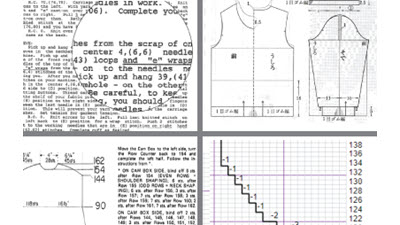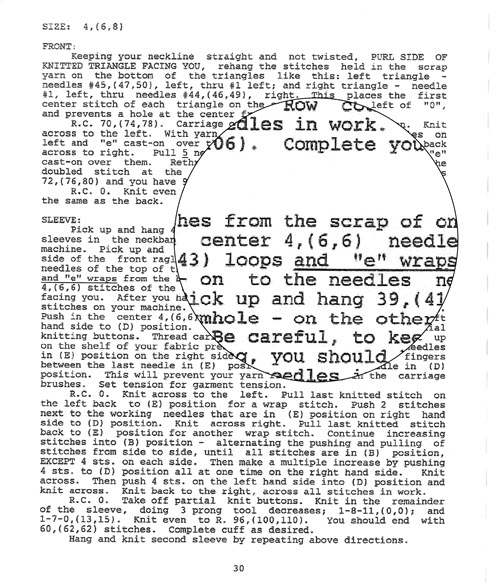Comparing Machine Knitting Pattern Formats
- December 26, 2022
- 2 comments










© Copyright 2026 Knititnow.com, All rights reserved.